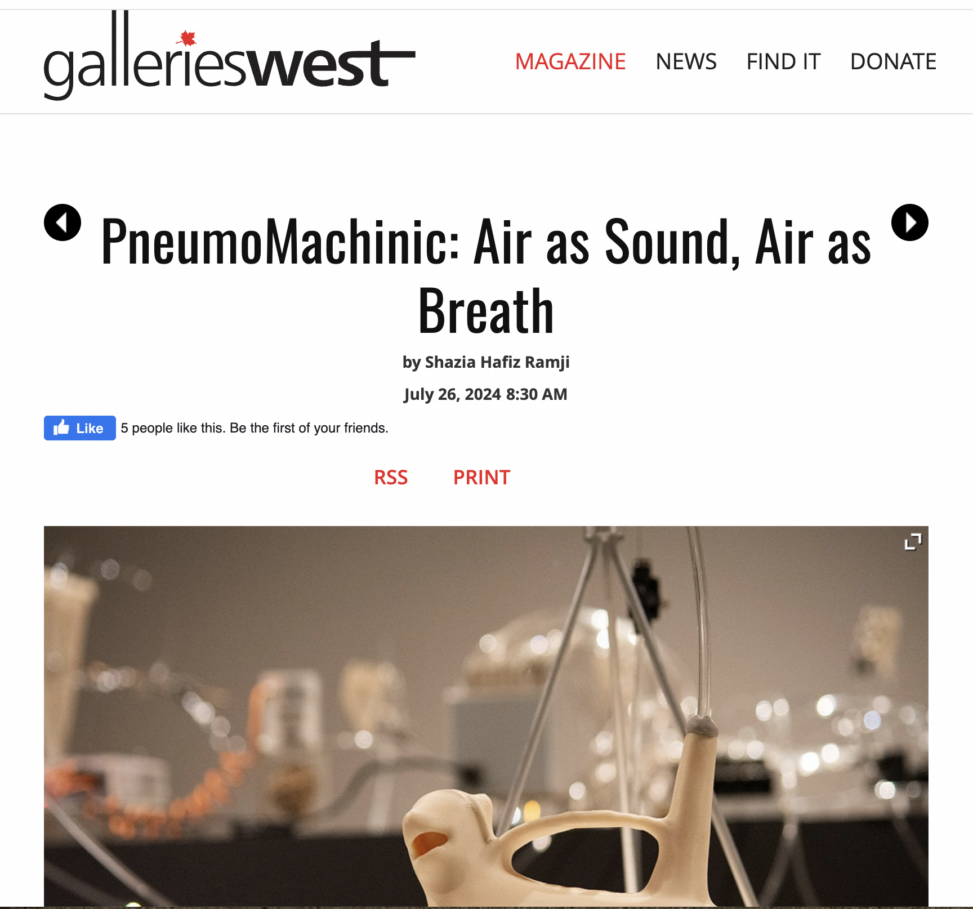Organismo or Organscape by Spanish artist Xoán Xil comprises nine robotic bellows-driven resonators placed at ground level. A series of mini machines with accordion-like lungs, Organscape is a layered work of sound art that draws inspiration from ornithology studies, poetry, and research into organs from the Baroque period.
The first phase of Xil’s research resulted in a composition entitled Variaciones para el Rei-Lúa, inspired by The Assassinated Poet by Guillaime Apollinaire, in which the author reimagines his encounter with Luis II of Bavaria, who, confined in a cave, played an organ to reproduce the various sounds of the world such as street sounds, trams, elephants, geysers, bells, birds, and dogs. Xil similarly tries to replicate natural sounds like bird calls, activated by air from different bellows.
I first heard Organismo when I was in the adjoining room. It sounded like cellphones ringing raucously or birds I’ve never seen engaged in a mating dance. The gallery attendant said that Organismo shouldn’t have gone off because it is activated by a motion sensor and there was no one else in the gallery with me at that time. Obviously, I thought of ghosts and glitches. What are ghosts and glitches if not the persistence and eruption of another world and time in ours? Just as Luis II of Bavaria tried to replicate the sounds of the world in his cave, Xil emulates paramusical sounds like birds and thunder, pushing the mechanism of the organ to its limits, only to regenerate new sounds not traditionally associated with organs. The result is a playful and haunted cacophony.
PneumoMachinic is a welcome reminder that the air we take for granted is a foundational element of sound and life itself.
[+ info]

